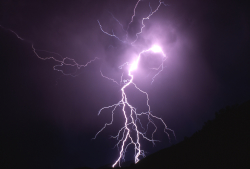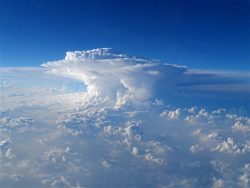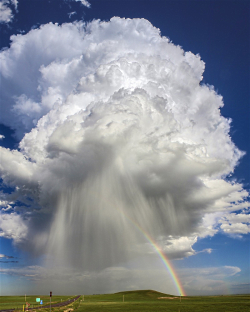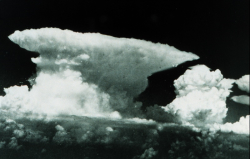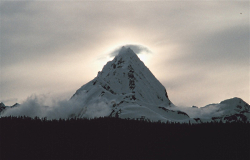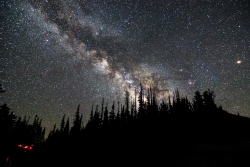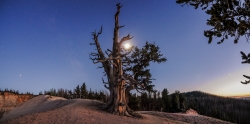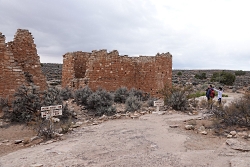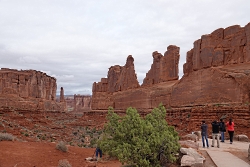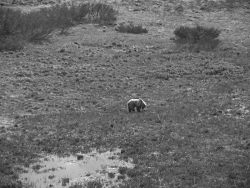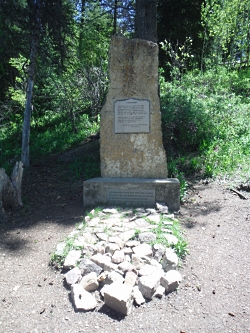
Courtesy & © Kim Blanchard, www.Logancanyonhiking.com
A Bridgerland Audubon Society Property
I’ve made a career of working with children in outdoor settings, educating them about the world’s natural wonders, and likewise being educated by each child’s wonderment at them. But it’s different when it’s your own child—when you’re witnessing their first experience with the world you’ve grown familiar with. It’s something more than a reminder to be ever-present. It’s a change of perspective.

Courtesy National Institute of Health Image Gallery on Flickr
The adult brain is no different, in fact. Neuroscience researchers have found that not only will adult neural pathways change their firing patterns in response to new experience but also that they will grow new branches called dendrites that add to the complexity of human experience and a human’s response to stimuli. You could call it neural nuance. We can still grow if we still look for new things it seems.
I sometimes wonder if my adult brain has begun to regress prematurely as I speed walk up a nearby trail, searching for some vista or peak or unclimbed ridgeline. My neural pathways have formed, patterns have been imbedded in the recesses of my mind, so I bypass the familiar stand of aspen trees and rocky outcroppings—perhaps missing something new in them I would have seen if I had stopped to search, to drink in the unfamiliar set in a known world. I’m learning from my daughter. Perhaps we can all learn from children—to see the world with brand new eyes.
Credits:
Photos: Bear Hollow Trail, Courtesy & © Kim Blanchard, www.Logancanyonhiking.com
A Bridgerland Audubon Society Property
Child Brain Scan-Courtesy NIH Image Gallery on Flickr, The National Institutes of Health (NIH), a part of the U.S. Department of Health and Human Services
Sound: Courtesy & Copyright Friend Weller
Text: Josh Boling, Edith Bowen Laboratory School, Utah State University
Additional Reading
Boling, Josh, Why I Teach Outside, Wild About Utah, November 11, 2019, https://wildaboututah.org/why-i-teach-outside/
Early Brain Development and Health, National Center on Birth Defects and Developmental Disabilities, Centers for Disease Control and Prevention, U.S. Department of Health & Human Services, https://www.cdc.gov/ncbddd/childdevelopment/early-brain-development.html
Ohms, Sarah, Sinclair, Jim, Bear Hollow Trail, Logan Canyon Hiking, Bridgerland Audubon Society/Cache Hikers, https://logancanyonhiking.com/bear.htm
Connecting kids to nature, We need to get childhood back outside, The Wilderness Society, https://www.wilderness.org/key-issues/wildlands-everyone/connecting-kids-nature
Schmidt, Brynn, Why Kids Need Wilderness And Adventure More Than Ever, The Outbound Collective April 7, 2016, https://www.theoutbound.com/brynn-schmidt/why-kids-need-wilderness-and-adventure-more-than-ever
The Allen & Alice Stokes Nature Center, Home of the Logan Canyon Children’s Forest, https://logannature.org/

